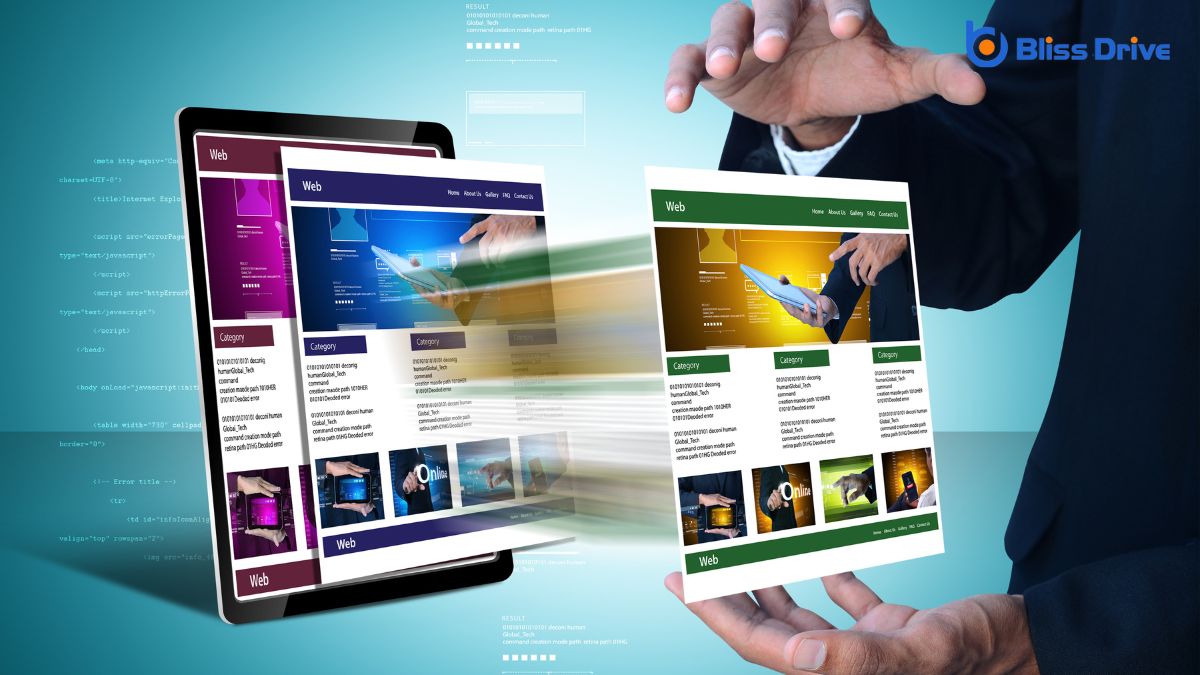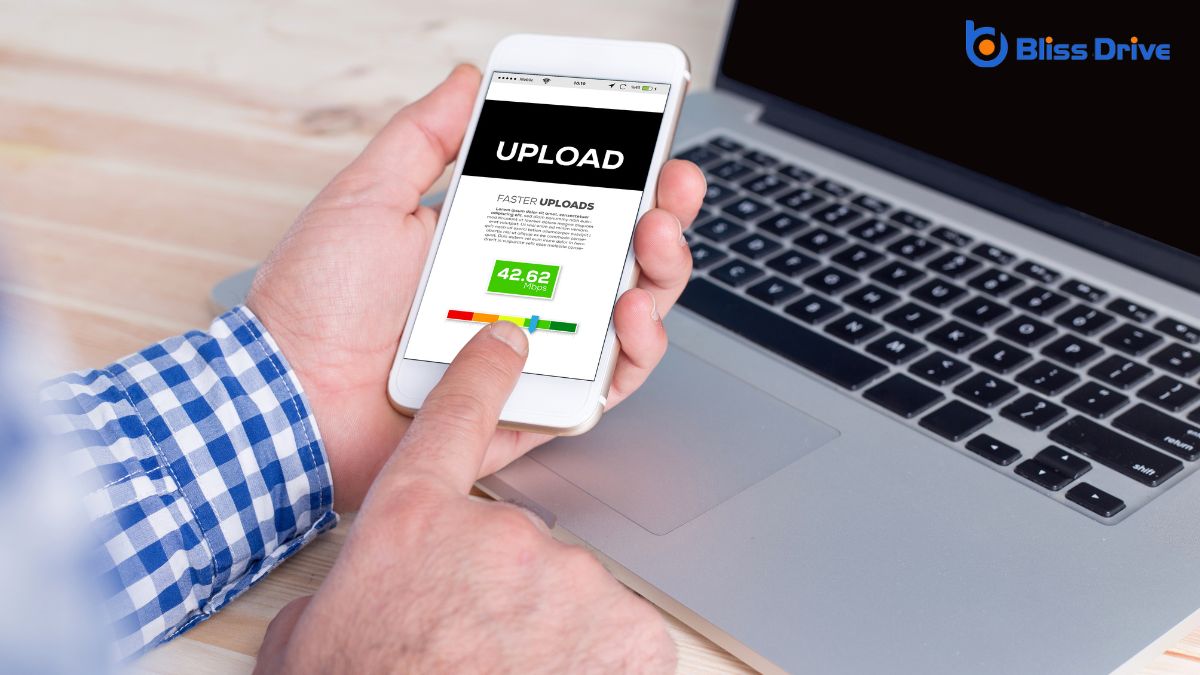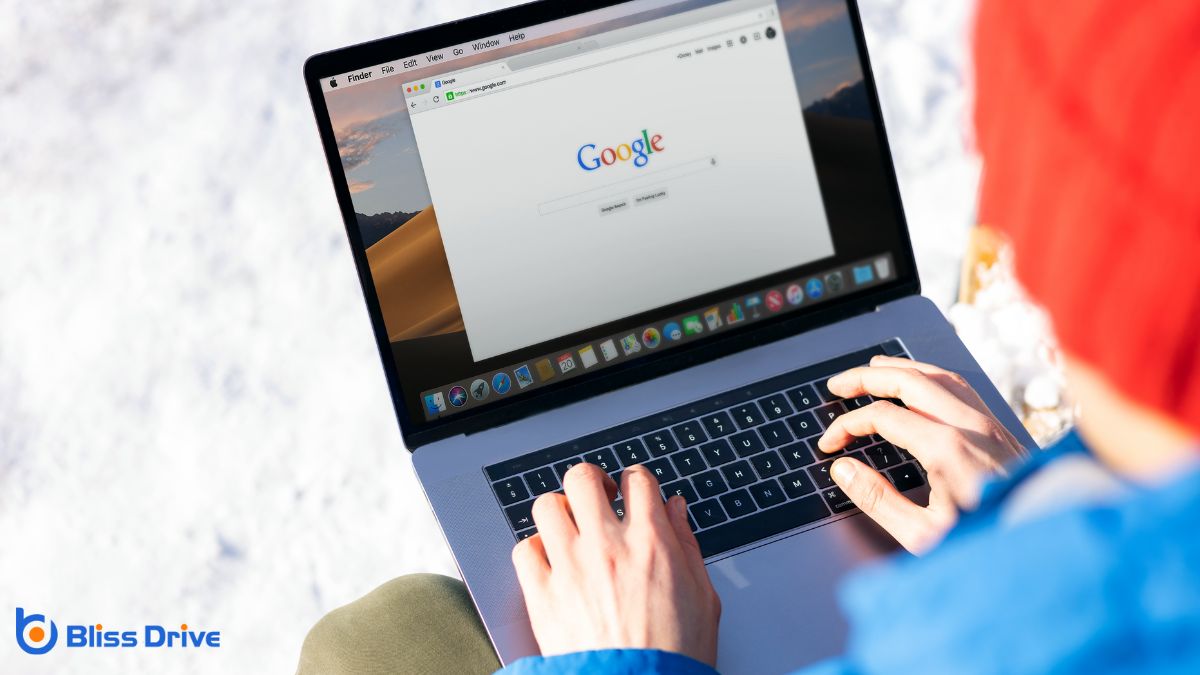Learn More About Us

When considering how Google measures page speedThe time it takes for a webpage to load, affecting user experience and conversion rates., you'll find it's not just about load times. Google's Page Speed Insights tool evaluates key metrics like Largest Contentful Paint (LCP), First Input Delay (FID), and Cumulative Layout Shift (CLS) to gauge performance. Each metric reveals a piece of the puzzle, impacting user experience and search rankingsThe position at which a website appears in the SERP.. Curious about how these elements play an essential role in optimizing your website’s performance?

Understanding Google's Page Speed Insights begins with recognizing its role in evaluating your website's performance. This tool provides a thorough analysis of how quickly your site loads, helping you identify potential improvements.
It's not just about speed; it's about a seamless user experience. When you enter your website's URL, Page Speed Insights measures various loading metrics, offering a detailed report on what's working well and what needs attention.
You'll see insights such as load times, opportunities to enhance speed, and diagnostics to guarantee your site is performing at its best. By using this tool, you can prioritize fixes that enhance user satisfaction.
Embrace this opportunity to refine your website, ensuring it meets both user expectations and Google's standards for performance.
First Contentful Paint (FCP) is a vital metric in evaluating your website's performance, as it marks the moment when the first piece of content becomes visible to users.
It's essential because a fast FCP can greatly enhance user experience by reassuring visitors that your page is loading. When users see something appear quickly, they're more likely to stay engaged. You don't want them to leave due to long waits, right?
To improve FCP, focus on streamlining your site's resources. Optimize images, use efficient coding practices, and leverage browser caching.
Minimizing the time it takes for content to show up can make a big difference. Remember, FCP isn't just a number; it's directly tied to how users perceive your site's responsiveness.
While First Contentful Paint (FCP) gives an initial glimpse into how quickly a site begins to load, Largest Contentful Paint (LCP) takes it a step further by measuring when the main content of a page becomes visible.
You’ll want to focus on LCP because it directly impacts user experience. A fast LCP means your users can interact with your site sooner, which can boost satisfaction and engagementThe interactions that users have with a brand’s content on social media..
Google considers LCP a vital metric for evaluating performance, especially since it reflects real-world user experiences. To improve LCP, optimize images, remove unnecessary scripts, and leverage browser caching.
Aim for an LCP of 2.5 seconds or less to guarantee your website loads quickly and keeps users engaged. This metric's clarity helps you better understand and enhance your site’s speed.
The importance of visual stability can't be overstated when it comes to user experience, and that's where Cumulative Layout Shift (CLS) comes into play. CLS measures the unexpected movement of web elements while a page is loading.
If you've ever tried to click a button only for it to move suddenly, you've encountered a poor CLS. A low CLS score guarantees content remains stable, enhancing usability and reducing frustration.
To improve CLS, focus on reserving space for images, ads, and dynamic contentEmail content that changes based on the recipient's preferences or behavior.. Include size attributes or CSS aspect ratios to prevent unexpected shifts.
Understanding how Time to Interactive (TTI) affects performance is essential for optimizing user experience. TTI measures how long it takes for a page to become fully interactive. This means users can click buttons, fill out forms, and navigate without delay.
A fast TTI guarantees users don't get frustrated waiting for the page to respond, which can leadA potential customer referred by an affiliate who has shown interest in the product or service but h... to higher engagement and lower bounce rates.
To improve TTI, focus on reducing the time it takes for scripts to load and execute. Consider deferring non-essential scripts and optimizing resources.
When you optimize TTI, you're making certain your website feels responsive and efficient right from the start. This engagement boost can lead to more satisfied visitors, positively impacting your site's overall performance and credibility.
As you explore the intricacies of page speed, grasping the concept of Total Blocking Time (TBT) becomes vital.
TBT measures the time between First Contentful Paint (FCP) and Time to Interactive (TTI) where your page’s response to user input is delayed. It's important because long TBT means users experience frustrating lags, impacting their overall perception of site performance.
When a page loads, scripts can block main thread tasks, causing these delays.
Reducing TBT involves optimizing JavaScript execution, cutting down long tasks, and minimizing unused code. By focusing on TBT, you can enhance user experience, making your website more responsive and engaging.
When you use Google's Lighthouse tool, you can assess key metrics like First Contentful Paint and Speed Index that are essential for understanding page speed.
Its performance audit features provide a thorough analysis of your site's current performance.
After completing an audit, Lighthouse offers optimization recommendations to help you enhance your website's speed and overall user experience.
Google's Lighthouse tool is vital for measuring page speed, and it focuses on several key metrics that directly impact user experience. You'll want to understand these metrics to guarantee your website performs at its best.
First Contentful Paint (FCP) measures when the first text or image is visible, essential for users' initial impressionWhen an ad is displayed on a user’s screen..
Speed Index shows how quickly content is visually displayed, giving a sense of overall loading speed.
Largest Contentful Paint (LCP) marks when the main content loads, affecting perceived performance.
Cumulative Layout Shift (CLS) tracks unexpected layout shifts, which is important for stability.
Finally, Time to Interactive (TTI) measures when a page is fully interactive.
Diving into the performance audit features of Lighthouse reveals a treasure trove of insights for optimizing your website.
You'll find detailed reports on various aspects of your site's speed and efficiency. Lighthouse evaluates elements like render-blocking resources, unused CSS, and image optimization. It categorizes issues by impact, helping you prioritize essential adjustments.
You'll see how well your site adheres to modern web standards, with suggestions for improvement. The tool also checks for best practices, such as HTTPS usage and secure connections, enhancing both performance and security.
With each audit, Lighthouse provides a clear path for making your site faster and more user-friendly. By understanding these features, you empower yourself to create a smoother, more efficient online experience.
Although enhancing your website's performance might feel overwhelming, Google's Lighthouse tool offers clear optimization recommendations to guide you. By running a Lighthouse audit, you'll receive actionable insights on how to improve your site's speed.
It analyzes elements like image sizes, unused CSS, and JavaScript efficiencies. For instance, you might see suggestions to compress images or defer non-critical styles. These recommendations aren't just technical jargon; they're practical steps you can take to enhance user experience.
Implementing these changes can greatly boost your site's load times, leading to better search rankings and user engagementThe level of interaction and involvement users have with social media content..
In the domain of website performance, Core Web Vitals stand as three significant metrics that Google uses to assess user experience.
These metrics—Largest Contentful Paint (LCP), First Input Delay (FID), and Cumulative Layout Shift (CLS)—help you understand how your site performs in real-world conditions.
LCP measures loading performance, ensuring that the main content appears quickly.
FID gauges interactivity, focusing on how fast your site reacts to user actions.
CLS assesses visual stability, checking if elements unexpectedly move around.
By prioritizing these elements, you can enhance your site's usability and boost your search ranking.
Understanding Core Web Vitals gives you a clear path to improving user experience, which is fundamental for retaining visitors and achieving digital success.

To improve your website's loading timeThe time it takes for a webpage to fully load, affecting user experience and conversion rates., start by minimizing server response time, which helps your site load faster by reducing the wait for server data.
Next, optimize images effectively by compressing and resizing them without losing quality, ensuring they don’t slow down your pages.
Finally, leverage browser caching to store static files so returning visitors experience quicker load times without downloading everything again.
Improving page speed starts with minimizing server response time, a crucial factor in guaranteeing fast and efficient web performance.
You should focus on reducing the time it takes for a server to respond to a user's request. This can be achieved by optimizing your server's resources.
First, confirm your hosting is scalable and suited for your site's traffic. A content delivery network (CDN)A system of distributed servers that deliver content to users based on their geographic location. can help distribute content closer to users, reducing latency.
Also, examine your server-side code for inefficiencies and optimize database queries. Regularly updating server software and hardware can enhance performance.
Caching can store frequently requested data, minimizing processing time.
While images can captivate and engage users, they can also slow down your website if not optimized properly. To keep your page speed in check, start by compressing images without sacrificing quality. Tools like TinyPNG or ImageOptim can help reduce file sizes efficiently.
Always choose the right format: use JPEGs for photos and PNGs for graphics with transparent backgrounds. Implementing responsive images guarantees they adapt to different screen sizes, improving load times on all devices.
Consider using modern formats like WebP, which offerThe specific product or service being promoted by affiliates. higher compression rates. Don’t forget to specify image dimensions in the HTML or CSS to prevent layout shifts.
When it comes to boosting your website's performance, leveraging browser caching is an essential strategy. It helps load your site faster by storing parts of your webpage in the user's browser.
This means that when users return, their browser already has many resources, so your site loads quicker and uses less bandwidth. You can set expiration dates on cacheable resources, like images, JavaScript, and CSS files, so they’re fetched less often.
To implement this, modify your server settings or use plugins if you're on a platform like WordPress. Google PageSpeed Insights can guide you in identifying which resources need caching.
To boost your website's performance, focus on optimizing Google's Core Web Essentials: LCP, FID, and CLS. Use Page Speed Insights and the Lighthouse tool to identify areas for improvement. Consider minimizing resources, deferring non-critical scripts, and optimizing images to enhance loading speed and responsiveness. By addressing these elements, you'll improve user experience and potentially boost your search rankings. Remember, a faster, more stable site keeps visitors engaged and satisfied, ultimately benefiting your online presence.
